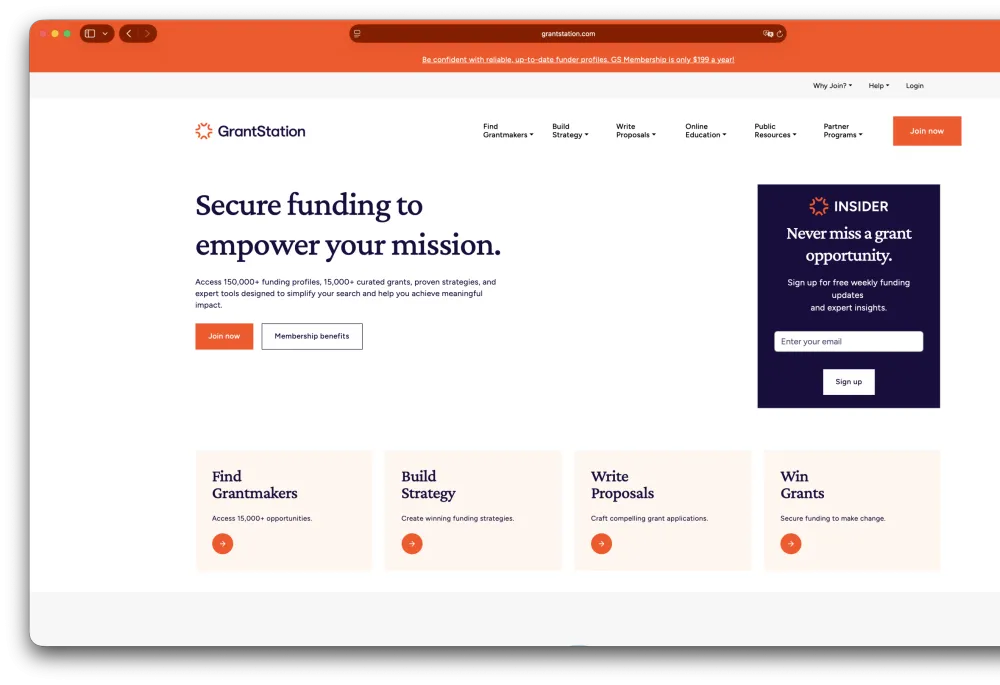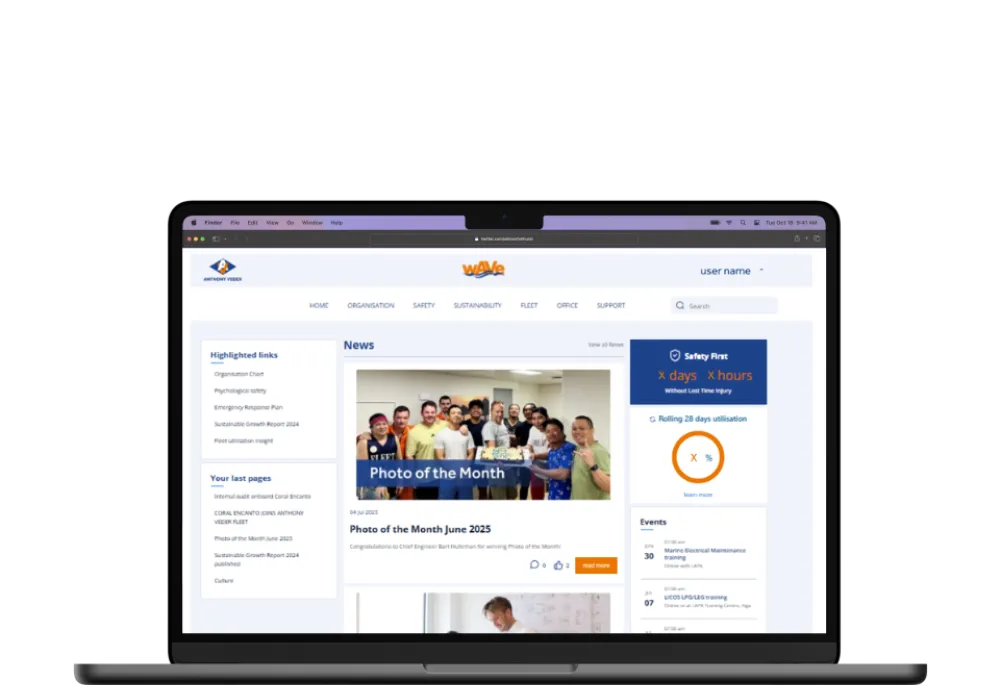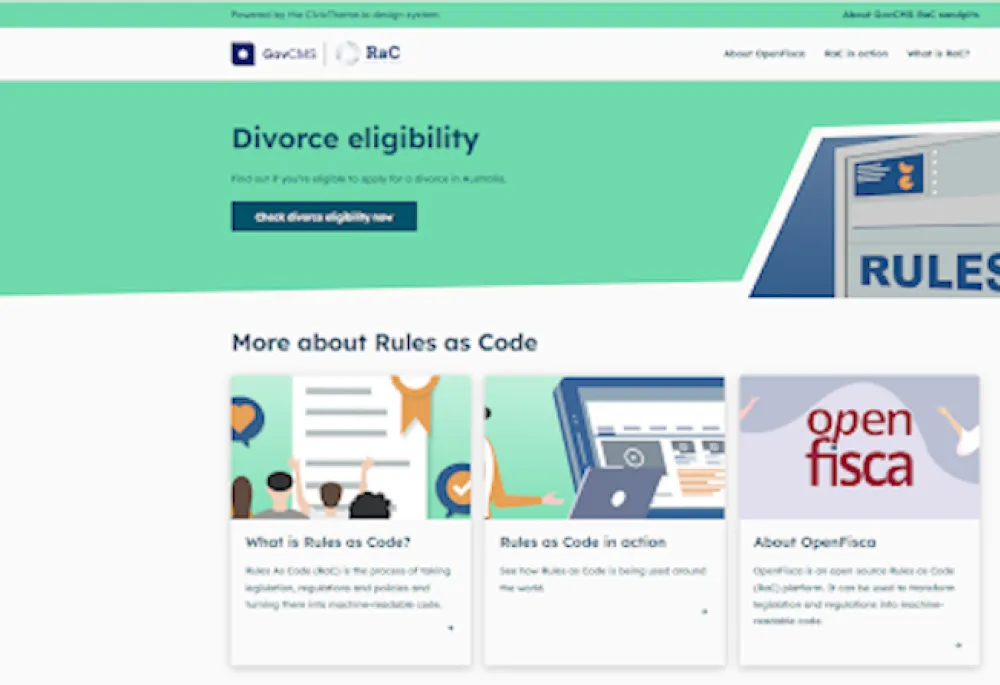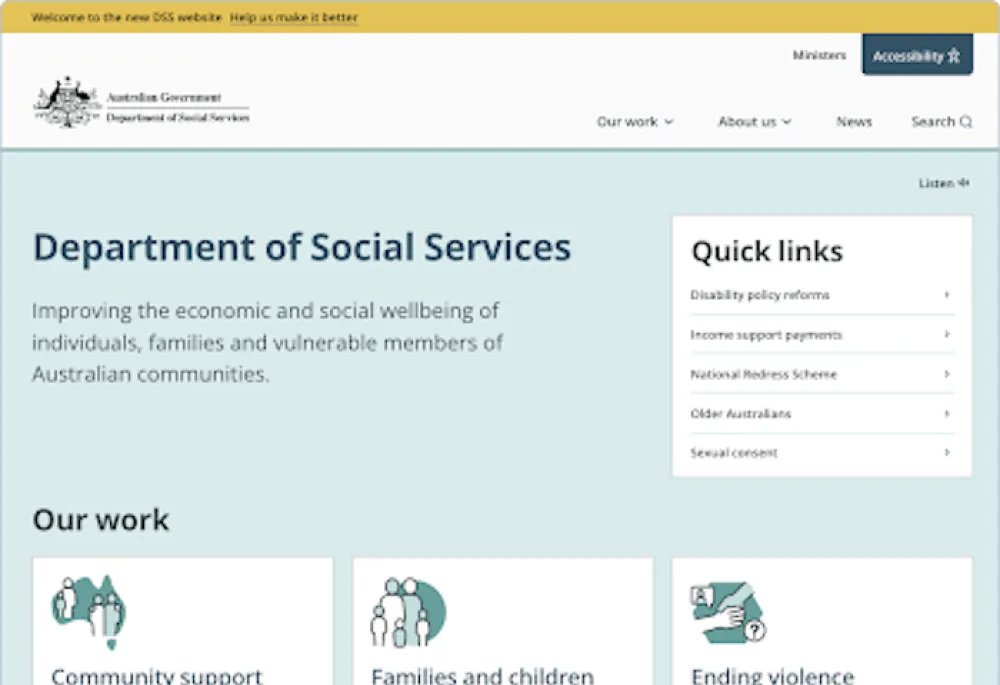Sector(s)
Atom, a content marketing platform, partnered with OpenSense Labs to enhance its Drupal 8-powered website. The project aimed to improve overall performance, resolve ad hoc development tickets, and support the ongoing evolution of their multi-domain setup, particularly across the Donut sites. Through a custom Vault system, refined editorial workflows, and continuous design enhancements, the engagement focused on delivering scalability, reducing manual overhead, and ensuring secure, long-term system stability.
Goals
- Improve overall website performance and user experience.
- Create a centralized system for managing marketing content and membership.
- Streamline editorial workflows to enable structured content submission, review, and publishing.
- Reduce manual work and operational overhead through automation.
- Ensure consistent development support and iterative improvements across Donut sites.
- Maintain strong security standards with regular Drupal core and module updates.
Requirements
- Custom development of Vault system with HTML/PDF export functionality.
- Role-based content workflows to support multi-author review and approval.
- UI/UX enhancements for better conversion and user navigation.
- Multi-site compatibility and flexibility (Donut sites).
Outcomes
- Atom now operates with a streamlined content workflow, centralized asset management, and improved editorial control.
- Performance was optimized, reducing bounce rates and improving engagement.
- Ongoing infrastructure support and CI/CD practices reduced operational overhead and ensured long-term maintainability.
- Security was strengthened through regular Drupal core updates and patch management.
Drupal was chosen for its flexibility, robust multisite capabilities, and strong content workflow management tools. Atom requires a platform that could support structured publishing, centralized asset management, role-based permissions, and seamless multi-domain deployment. Drupal 8 provides the technical foundation necessary to meet these complex content needs while maintaining high security, scalability, and customization capabilities.

Technical Specifications
Drupal version:
Key modules/theme/distribution used:
To meet Atom’s complex editorial, security, and multi-site needs, OpenSense Labs selected and configured the following key Drupal 8 modules:
- Workflows: Enabled the creation of multi-step editorial flows with defined states such as "Draft", "Review", and "Published". This allowed Atom’s content creators to collaborate efficiently with reviewers and editors while maintaining content quality across Donut sites.
- Content Moderation: Worked in tandem with the Workflows module to enforce publishing permissions and content governance. It ensured only reviewed content reached production, aligning with Atom’s quality assurance goals.
- Paragraphs: Used to build flexible and reusable content components within the Vault and Donut sites. It allowed non-technical users to create structured layouts and marketing assets without needing backend intervention.
- Pathauto: Automated the creation of SEO-friendly URLs for articles and content pieces, saving time and ensuring consistent site structure across Atom’s multi-site ecosystem.
- Views: Configured to create dynamic listings for downloadable assets, published content, and user-specific dashboards within the Vault system. This enabled real-time content rendering and filtering without custom development.
- Metatag: Integrated to manage metadata and improve Atom’s search engine visibility across multiple Donut domains. It allows for dynamic generation of meta titles, descriptions, and Open Graph tags per page.
- Google Analytics: Used to track user engagement and monitor performance across all domains. It was critical in measuring the success of UI/UX optimizations and informing future content strategies.
- Webform: Implemented for collecting content feedback and structured inputs from internal stakeholders. Useful in capturing review notes during the editorial process.




